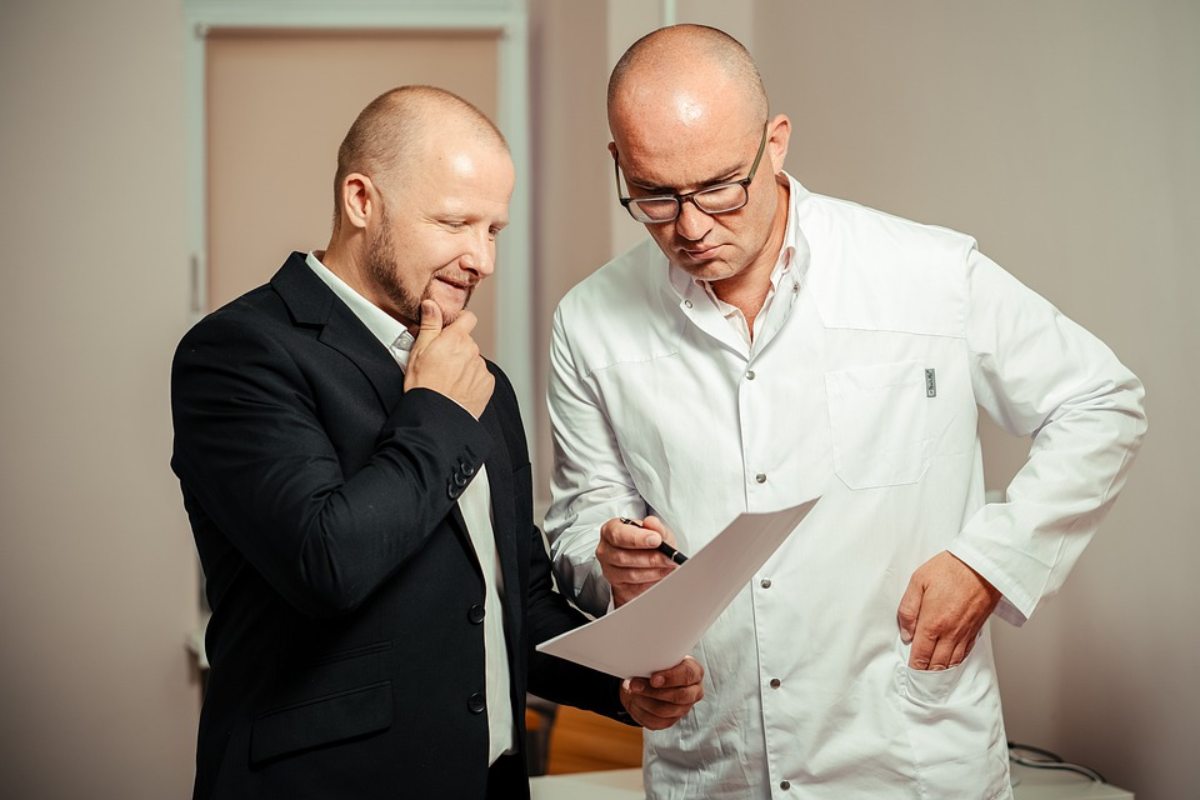Six Skin Conditions Your Family Doctor – Whenever you have a health problem, you will usually go to a primary care provider. You may be able to visit them on short notice. Also, family care doctors are more affordable than other medical providers. But, the most important reason to go to a primary care doctor or family doctor is that they are involved in every aspect of your car, including skincare. Attaining beautiful skin is possible when you get skin conditions treated by your primary care doctor. Most primary care doctors can address different issues but they can also direct you to the right specialist for issues they cannot manage. The following are skin conditions your family or primary care doctor should be able to address:
Table of Contents
Abnormal Skin Spots
Whether you have a non-cancerous spot or sun damage, your family doctor can diagnose and treat any irregular skin spots. They may have to do a skin biopsy to diagnose your condition. They will analyze the sample in a lab to check for skin cancer, skin disorders such as psoriasis, and infections. If you have significant spots, they may refer you to a dermatologist or plastic surgeon. Asymmetrical spots that have irregular borders and are bigger than a pencil eraser may be due to melanoma, which is an aggressive kind of skin cancer. In this case, you need to see a cancer specialist.
Hair Problems
You can visit your primary care doctor to discuss hair loss, which is caused by several problems such as physical stress, infection, fungus, cancer, an autoimmune disorder, cancer, and more. They can help you determine the cause of your hair loss and may provide in-house treatment or recommend that you see a specialist.
In addition, your family doctor can help you with abnormal hair growth, which may also suggest a medical condition. Visit your family doctor for any change in your hair.
Also Read: 4 Best Hair Loss Solutions For Women
Rashes
Usually, people visit their family doctors when they experience strange rashes, which can be caused by different issues. Thus, you should see your doctor and find the cause and recommend an appropriate treatment.
You may get rashes when you have an illness or viral infection. Also, you can also get them if you are exposed to an allergen. Unless you experience life-threatening rashes or those that cover your entire body, you can see your family doctor for treatment.
Acne or Rosacea
While you can take over-the-counter medications for acne and rosacea, sometimes, you may need help from your family doctor to manage your symptoms. These skin conditions can be treated successfully when their triggers are identified. Your doctor can prescribe medications that suit your skin and the seriousness of the flare-up. Also, they will design a lifestyle that lets you avoid such triggers.
Also Read: Acne: Facts, Myths and Tips
Nail Fungus
Your nail health can say a lot about your overall health. If you are suffering from a fungal infection in your nails, your family doctor can prescribe oral antifungal medications to treat the growth. Such infection can cause your nail to look discolored, thick, and breakable. Those who have diabetes, athlete’s foot, weakened immunity, or blood circulation issues are prone to a nail fungal infection.
Skin Lesion Removal
Your primary care doctor can easily remove the majority of skin lesions in-office. But, depending on the size and location of the lesions, your doctor may refer you to a specialist to have them removed. Your primary care doctor may be able to remove moles and warts.
While most moles are not a cause of concern, some kinds increase your risk of developing skin cancer. So, if your moles tend to change, bleed, and have several colors, you should consult with your primary care doctor.
Also Read: Are You Blowing Your Budget on Skincare?

